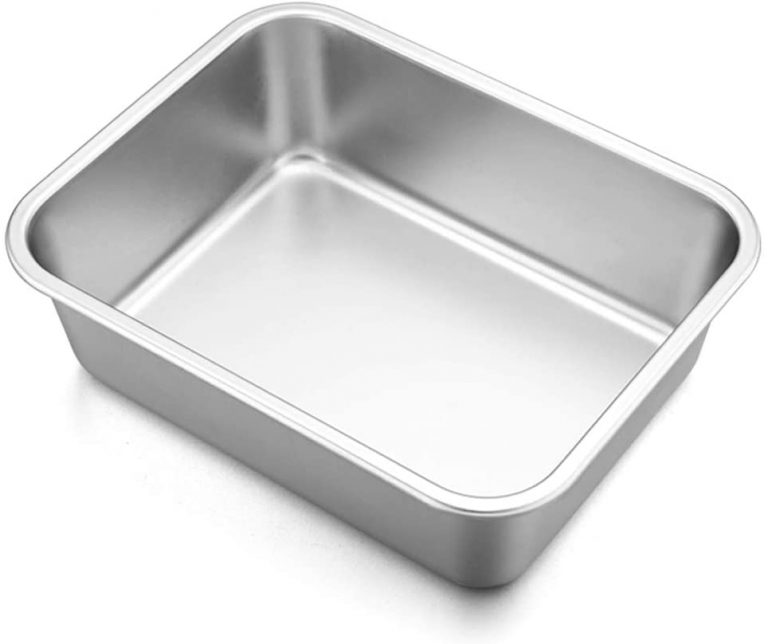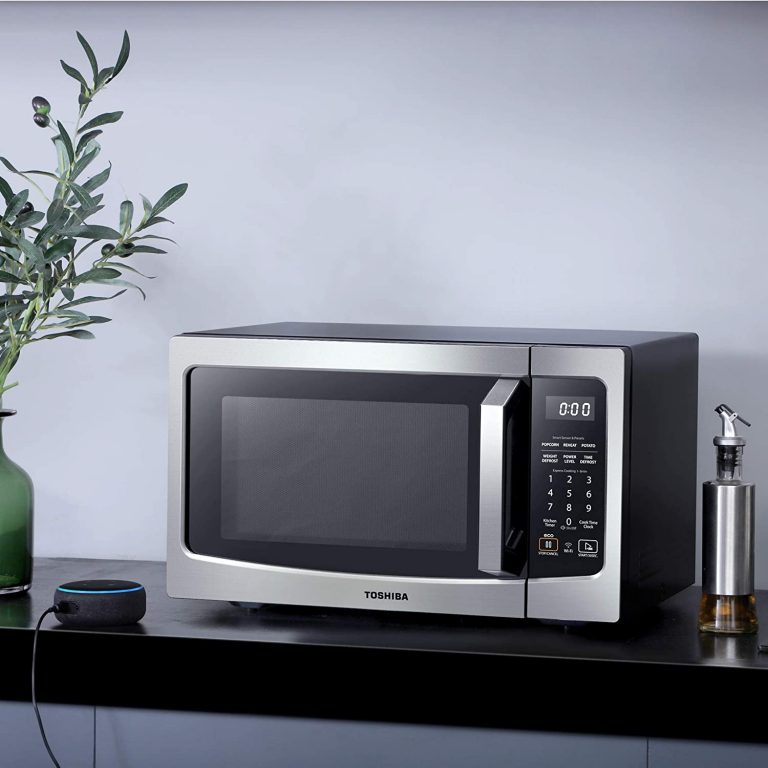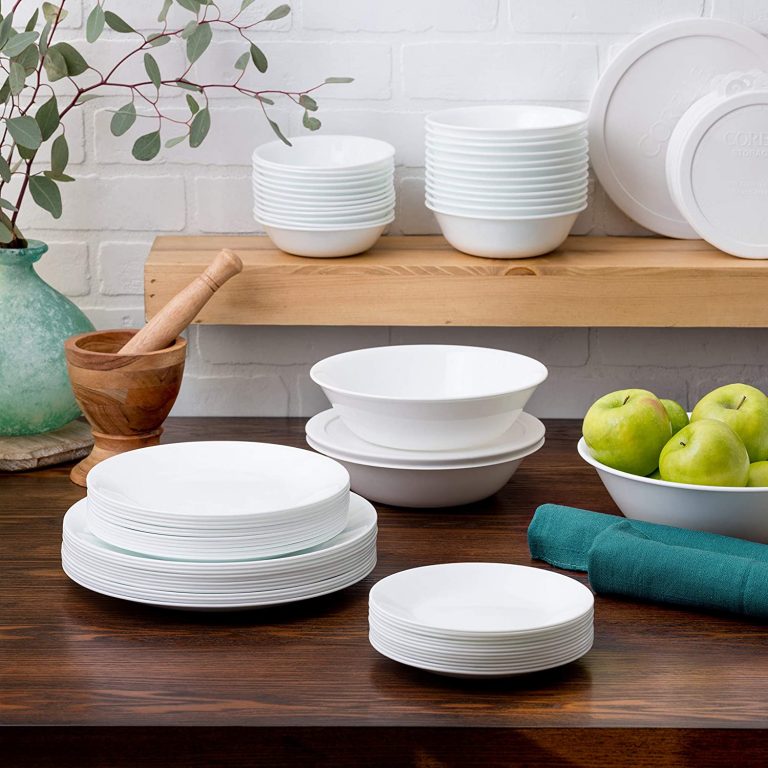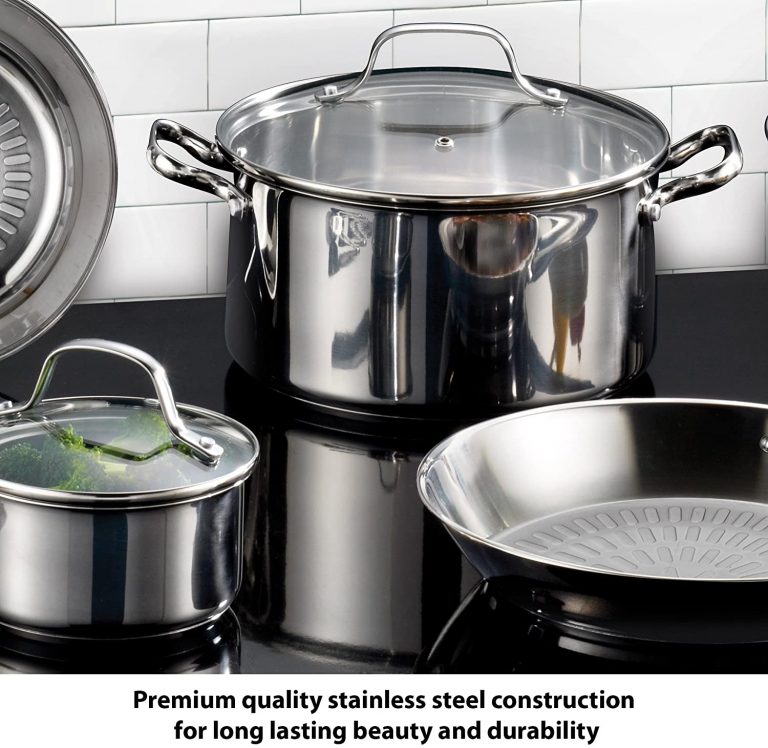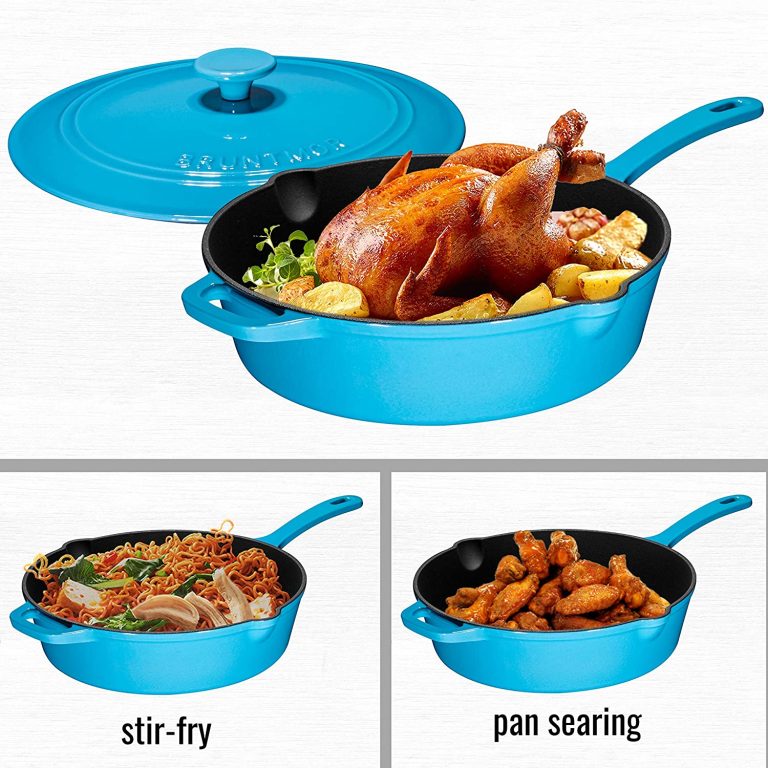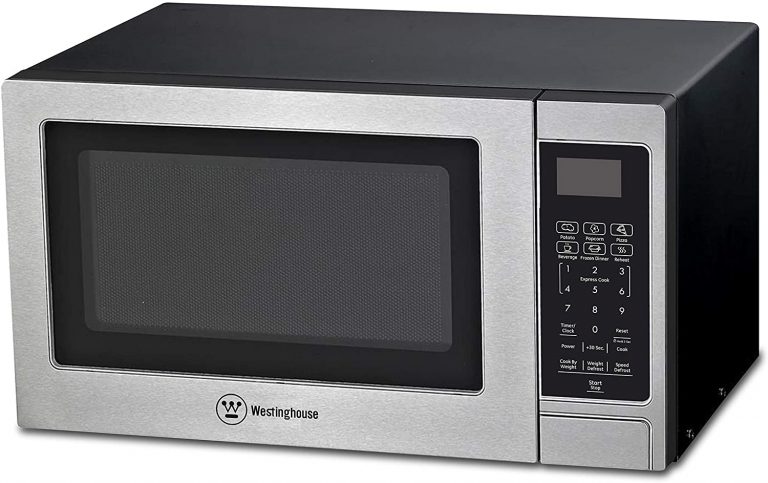What’s the Difference Between Espresso Beans and Coffee Beans?
If you’re a coffee lover and have been buying beans from either your grocery store or supermarket, it’s very likely that you’ve seen some bags labeled coffee beans while others are labeled espresso beans.
This can be confusing especially if you do not know the difference between the two. Many people believe that bags labeled espresso don’t really refer to coffee beans but this isn’t correct. Espresso beans are coffee beans and only differ from “regular” coffee in the roasting and brewing method.
So, what’s the difference between coffee beans and espresso beans?
The difference between these beans boils down to the way they are blended, roasted, grinded, and the concentration. Most of the coffee beans in the market, whether labeled espresso or otherwise are either Arabica or Robusta beans. However, espresso beans are taken a step further in that they are roasted more, powdered finer, and brewed using espresso or Aeropress coffee machines.
As such, you’ll find that espresso beans are finer compared to coffee beans and have a stronger taste and flavor as well.
Table of Contents
What exactly is espresso?
The main characteristic that defines the difference between espresso and coffee is in the brewing and grinding process. Basically, espresso is made by pressing very hot water through finely grounded coffee beans at a very high pressure. This produces a shot of highly concentrated coffee.
Notable Differences Between Coffee and Espresso
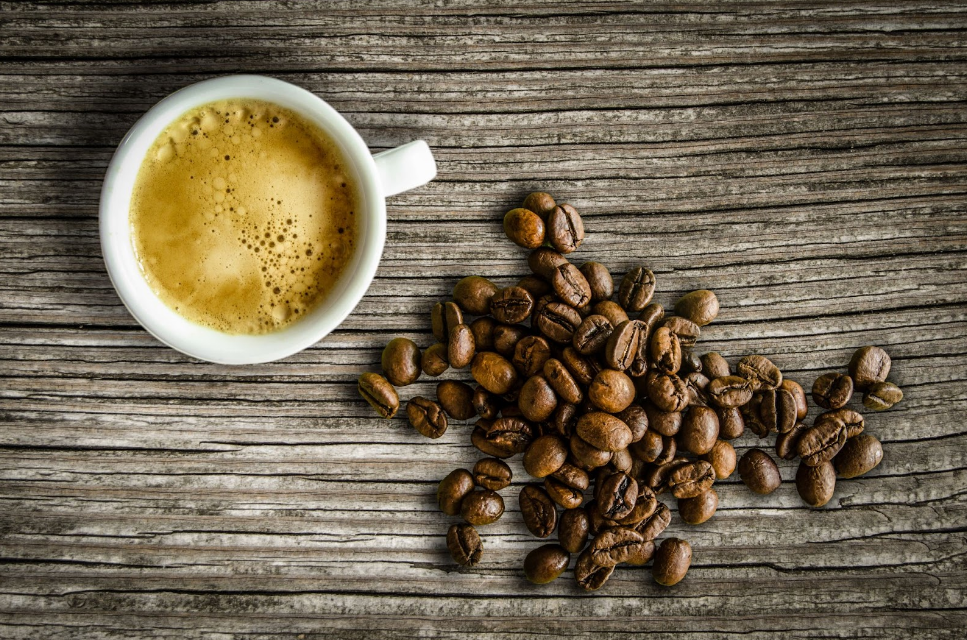
Roasting
The process of roasting espresso beans takes longer to give darker beans compared to those used in drop coffee. On the contrary, drip coffee is made using light, medium or medium-dark roasted coffee beans.
The roasting of the espresso gives it a deeper and toasted flavor while the long process helps eliminate acidity and release more oil. Due to this, you will feel a stronger, fuller feeling in the mouth as you drink it.
Grinding
Unlike other coffees, espresso is grinded much finer due to the pushing of very hot water through packed grounds which are tightly packed. Since the contact between the coffee grounds and the hot water is short-lived, it’s essential to have them finely grounded.
Brewing
The brewing process for espresso is different compared to other regular coffees. Regular cups of coffee can be brewed using percolator, drip or even French pres while espresso requires the use of aeropress or espresso coffee machines.
These machines are designed to produce concentrated espresso shots extracted through high pressure. As such, genuine espresso can’t be made using regular coffee pot or machines. You can easily learn how to make your favorite espresso from the comfort of your home with the best bean to cup coffee machines that are designed for that.
Flavor
Espresso has a unique flavor that’s not found in the regular, drip coffee. This is attributed to the roasting, grounding and brewing process that’s completely different.
Making espresso is an art and requires better concentration in order to produce the stronger and less acidic taste that’s distinct. The heavier feel in espresso can be attributed to the release of more oils during the roasting process.
Caffeine Content
Due to the roasting process, espresso has less caffeine content when compared to the regular coffee beans. That means you can enjoy espresso freely especially if you’re seeking for the best coffee but want to consume less caffeine.
However, it’s worth noting that espresso still has a high caffeine concentration per ounce and thus shouldn’t be taken in large amounts per day. One ounce of espresso has the same caffeine content as 8-10 ounces of regular coffee.
Conclusion
Espresso beans and coffee beans only vary in preparation. The beans aren’t any different in themselves. If you see a package labeled espresso, just know that the preparation process recommended is different from that of coffee beans and this is largely based on the roasting and/or grinding.
You can enjoy all the health benefits of coffee from delicious espresso and this can be paired with either milk or water depending on your preference.

Foodie and a passionate cook, I am here to share all of what I know about cooking, kitchen, and food prepping.
Follow me for delicious and healthy recipes.

